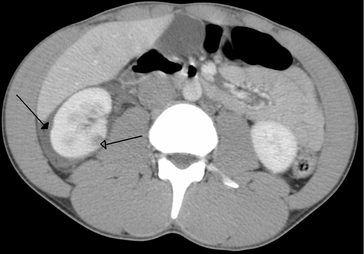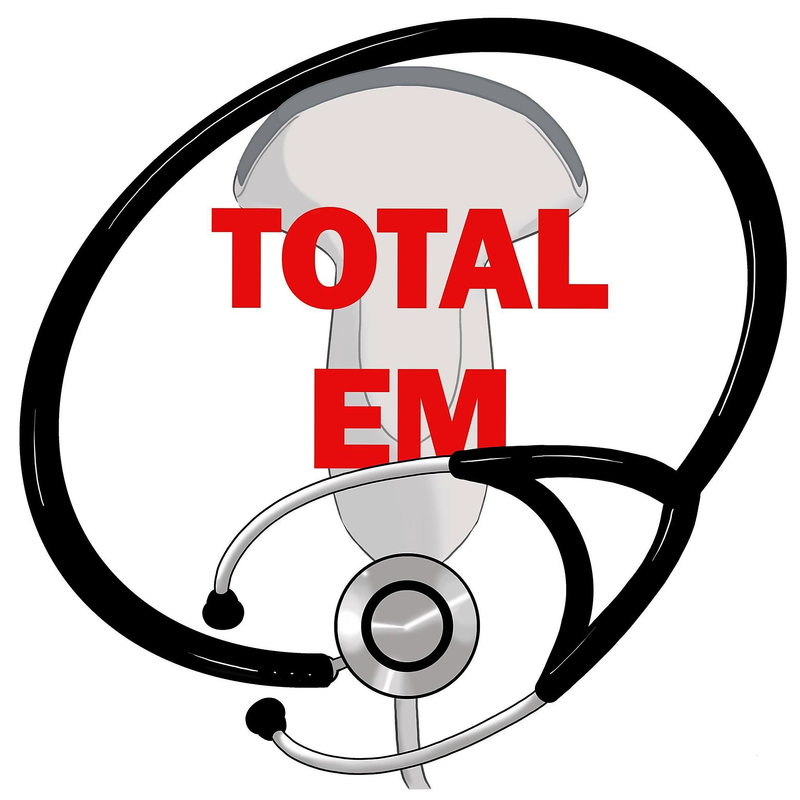|
We are back at it again with our newest ATLS podcast. This time we are focusing on the abdomen and pelvis which can be host to a wide range of severe pathology. Given its many intricacies, we focused most on the highlights from ATLS Chapter 5 including the key "red text" that it emphasizes.
Generally, any injuries from the chin to the umbilicus should be considered concerning for trauma to the thorax. When it comes to abdominal trauma, consider it when there is trauma between the nipple to the perineum.
PRIMARY ASSESSMENT AND ANATOMY:
MECHANISMS OF INJURY (MOI):
ASSESSMENT AND MANAGEMENT:
PHYSICAL EXAMINATION:
ADJUNCTS TO PHYSICAL EXAMINATION:
EVALUATION OF SPECIFIC INJURIES:
Let us know what you think by giving us feedback here in the comments section or contacting us on Twitter or Facebook. Remember to look us up on Libsyn and on Apple Podcasts. If you have any questions you can also comment below, email at [email protected], or send a message from the page. We hope to talk to everyone again soon. Until then, continue to provide total care everywhere.
0 Comments
Leave a Reply. |
Libsyn and iTunesWe are now on Libsyn and iTunes for your listening pleasure! Archives
August 2022
Categories |
||||||


 RSS Feed
RSS Feed